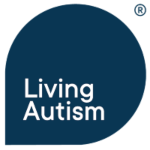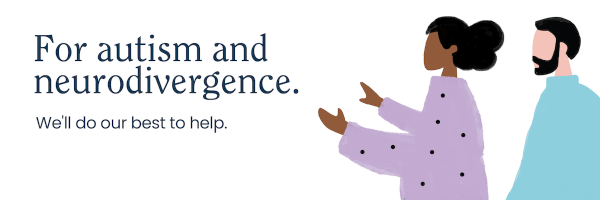CAMHS
Child and Adolescent Mental Health Service. NHS-provided services for children in mental health.
Canine therapy
A type of pet therapy using the assistance of dogs.
CARS (Childhood Autism Rating Scale)
A measure used in the identification of autism in children aged 2 years or over.
Cartooning
The use of cartoons and speech bubbles to enable social understanding.
Casein
A protein which is found in milk and mild products.
Casomorphin
A natural compound which is produced by the digestion of casein (see casein).
Casting
A procedure whereby a cast is worn to stretch out the tendons and reduce toe-walking.
Catatonia
A state of apparent unresponsiveness to external stimuli in a person who appears awake. It is not a diagnosis in itself, but a manifestation of a wide variety of disorders.
CBC (Conjoint Behavioural Consultation)
A model whereby there is collaboration between parents, educators and service providers to meet an individual’s needs.
CBT (Cognitive Behaioural Therapy)
A method of talking about how we think about ourselves, the world and other people and how what we do affects our thoughts and feelings.
Central coherence
The ability to process information globally rather than processing detail. Seeing the whole rather than the parts.
Cerebellum
Part of the brain which is found towards the back of the brain just above the brain stem. It is involved in the coordination of voluntary motor movement, balance and muscle tone.
Cerebral lipidosis
A group of diseases which are inherited and chracterized by progressive spastic paralysis, blindness, convulsions and learning disabilities.
Challenging behaviour
Behaviour which might not be under the individual’s control and which might put the individual or others at risk and which may prevent the individual from using normal community facilities or from enjoying a normal home life, eg aggression, self harm, disruptive and destructive behaviour.
Chat room
An online community, often used by people with autism to socialise and communicate with others.
Childhood disintegrative disorder
A rare form of autism whereby a child appears to develop normally until the age of two and then regresses.
Choreotherapy
A therapy using dance movement as a means of expression and communication.
Chromotherapy
A therapy using colour and light to balance the energy in an individual’s body.
Coeliac disease
A sensitivity to gluten which affects the small intestine.
Cognition
The ability to know and understand the environment.
Collaborative virtual environment
A virtual reality environment whereby users collaborate in a computer-generated environment.
Comic strip
A strip showing simple illustrations of two or more people communicating.
Communication board
A communication tool whereby an individual points to the relevant symbol or photograph on a board.
Communication book
A communication tool whereby an individual can turn to a page showing relevant symbols or photographs in a book.
Communication Disorders
Speech, language or hearing disorders which may impair the ability to communicate.
Compulsion
A behavioural part of an obsession which can cause a person to repetitively behave in a certain way in order to reduce the anxiety associated with the obsession, eg repetitive washing of the hands.
Congenital condition
A condition which occurs during the fetal period and results in a physical disorder.
Convulsion
Involuntary contractions of the muscles or a seizure.
Counselling
A therapy based on an individual talking through their problems.
CQC (Care Quality Commission)
A statutory body which regulates, inspects and reviews all adult social care services in England.
Crohn’s Disease
A condition which results in the inflammation of the intestinal wall and can occur anywhere along the digestive tract.
CSSIW (Care and Social Services Inspectorate Wales)
The body which regulates, inspects and reviews adult social care services in Wales.
Cue
An input which prompts a person to behave or act in a certain way.

